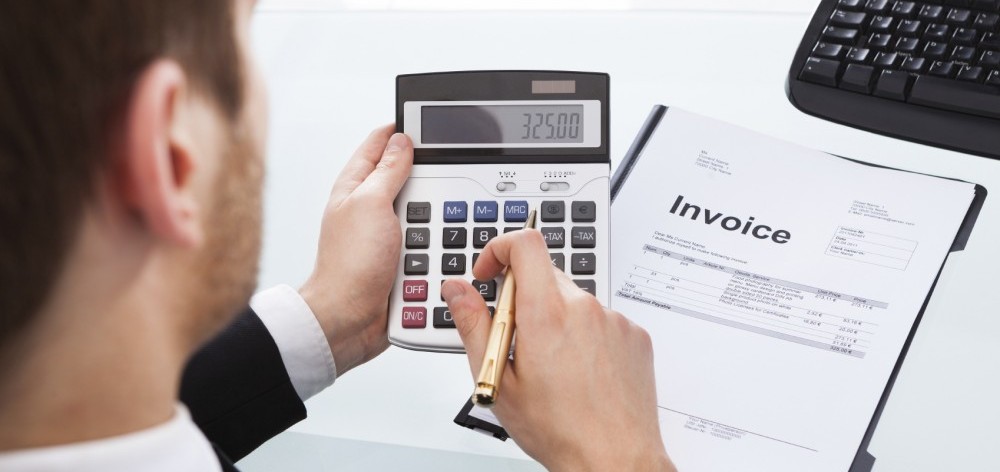
8 steps to creating the perfect invoice
Invoices tell customers a lot about a business. Therefore, they should always be accurate, well designed and professional. Every invoice a business generates sends a message about that business. And when customers receive invoices, they will form ideas and opinions about that particular organisation. Poorly-designed, inaccurate invoices tell customers that a business is disorganised and poorly run. But accurate, well-designed and professional invoices speak volumes about the quality of a company.
Invoicing isn’t solely about requesting payment for products or services; it is also an extension of a business’s branding and marketing efforts. Here are steps to creating invoices that customers will notice and pay quickly.
- Get the numbers right
The amount of money requested has to be correct every time. Those who send out inaccurate invoices probably won’t be in business for long. Customers will be unimpressed when a business charges too much (they’ll assume you’re acting dishonestly) or charges too little (they’ll suspect you’re incompetent). Since neither option is good, make sure you get the numbers right.
- Invoice regularly and often
Invoicing should become a habit since it is a core part of business. Cash flow depends on the efficiency of a business’s invoicing process. Waiting until the end of every month before invoicing wastes time and loses money. Get into the habit of invoicing as soon as you finish a piece of work or make a sale. This can also help customers who have probably budgeted to pay you within a specific time.
- Choose a delivery method
While some businesses still like to receive paper copies of invoices, electronic documents are much simpler. They can be moved around faster, processed easily, indexed and searched for quickly. Sending invoices electronically also saves time and money on paper, printer consumables, envelopes and postage.
- Avoid unpleasant surprises
An invoice should surprise a customer. An example of a surprise could be increasing the price for a service or product (due to circumstances beyond your control) after agreeing on a fee with a customer. Don’t change the price without telling the customer; they deserve an explanation first.
- Include all business information
Invoices are formal documents and should contain all necessary legal information. While the requirements vary from one country to another, it is wise to include information such as contact person; company name; registered business address; company registration number; contact phone number; contact email address; invoice date and invoice number.
- Include customer details
Make sure customers have everything they need to process an invoice. Don’t assume it will automatically land on the right desk, include information like the name of the recipient; the company name and address; the reference number and the purchase order or sales order number.
- Itemise the work done
Businesses need to clearly state what work was done and how it is being charged. For example, businesses should itemise the services performed; dates during which services were performed; the hours worked; the rate per hour or item; the tax amount and the total.
- Be polite
Sending an invoice to a customer is a form of communicating with them. Since every business wants to retain customers, they need to be treated with respect. Be polite on invoices and include a note at the bottom that says something along the lines of ‘thank you for your service. It is very valuable to us’.
You must be logged in to post a comment.

+ There are no comments
Add yours